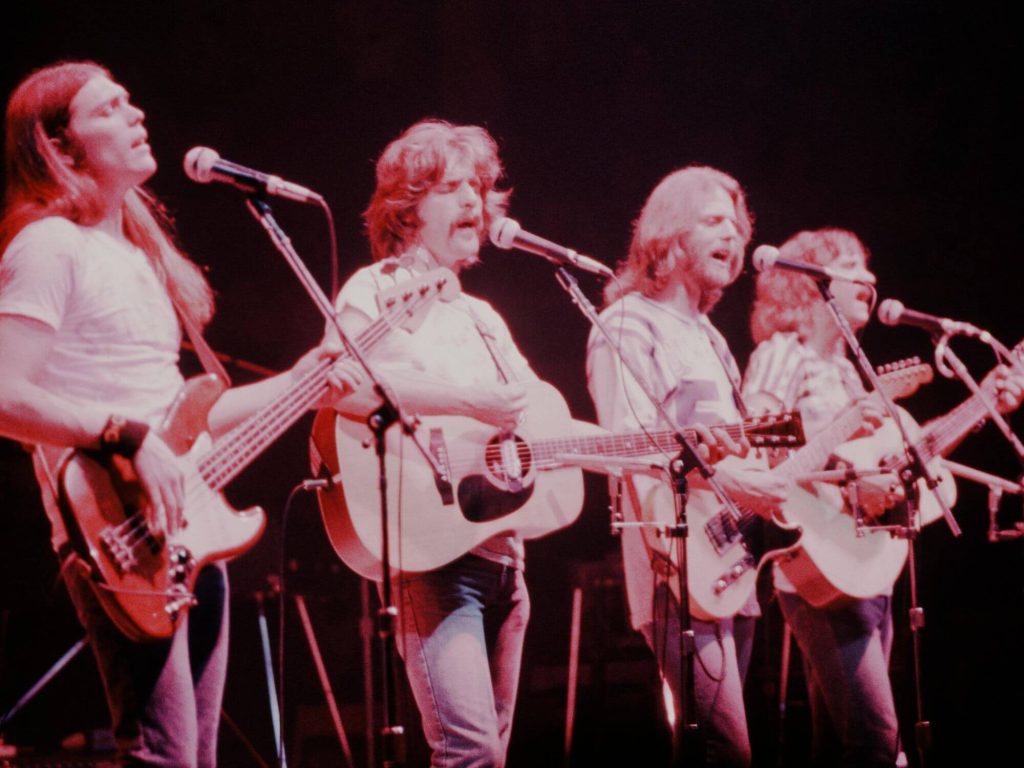
About the song
Released in 1979 on the Eagles’ seventh studio album, The Long Run, “I Can’t Tell You Why” is a song that lingers long after the last note fades. A testament to the band’s songwriting prowess, it seamlessly blends elements of rock and country, resulting in a poignant ballad that explores the complexities of love and commitment. While the Eagles are often lauded for their tight harmonies and infectious melodies, “I Can’t Tell You Why” stands out for its introspective lyricism and Timothy B. Schmit’s soulful lead vocals.
Composed by band members Timothy B. Schmit, Glenn Frey, and Don Henley, “I Can’t Tell You Why” marked a turning point for the Eagles. Previously, the songwriting duties had largely fallen on Frey and Henley. “I Can’t Tell You Why” showcased Schmit’s burgeoning talent as a songwriter and became the first Eagles song to feature him on lead vocals. Produced by Bill Szymczyk, a longtime collaborator known for his meticulous touch, the track’s sonic tapestry is rich and nuanced. Acoustic guitars weave a bed of intimacy, while Don Felder’s electric guitar adds subtle textures and emotional depth. Henley’s steady drumming and Joe Walsh’s tasteful slide guitar round out the instrumentation, creating a soundscape that perfectly complements the song’s melancholic mood.
“I Can’t Tell You Why” was a commercial success, reaching number eight on the Billboard Hot 100 and number three on the Adult Contemporary chart. The song’s enduring popularity can be attributed to its relatable themes. The lyrics paint a picture of a passionate yet tumultuous relationship. The narrator grapples with conflicting emotions, torn between the desire to leave and the undeniable pull of love. Lines like “Look at us baby, up all night/Tearing our love apart/Aren’t we the same two people who live through years in a day” capture the raw vulnerability and confusion that often accompany romantic entanglements. Despite the song’s melancholic core, there’s a glimmer of hope in the repeated refrain of “I can’t tell you why.” This ambiguity allows listeners to project their own experiences and emotions onto the song, making it a timeless ballad of uncertainty that resonates with people of all ages.